2011.11.05 15:36
Quondam's Fifteenth Anniversary
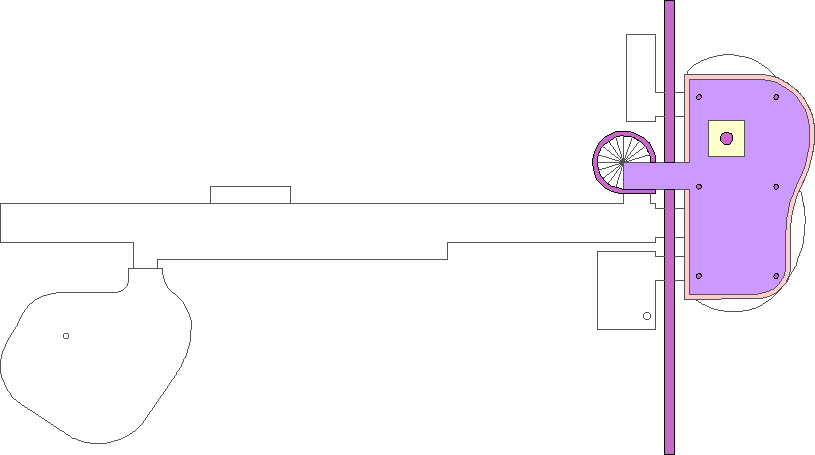
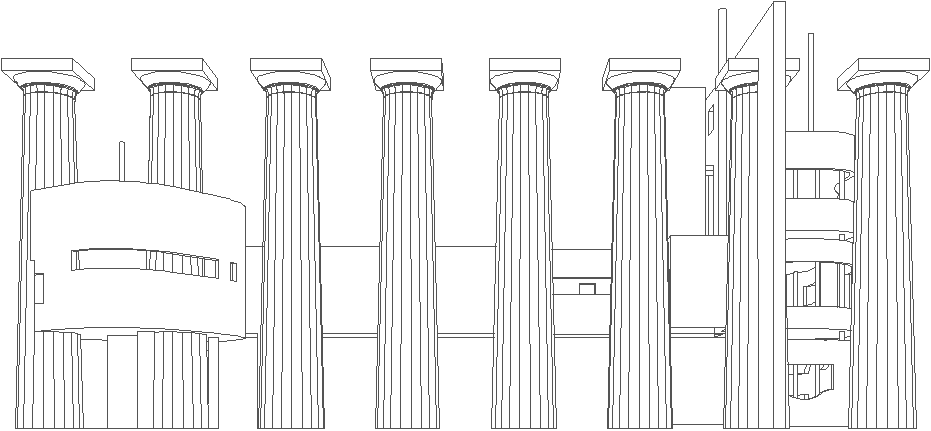
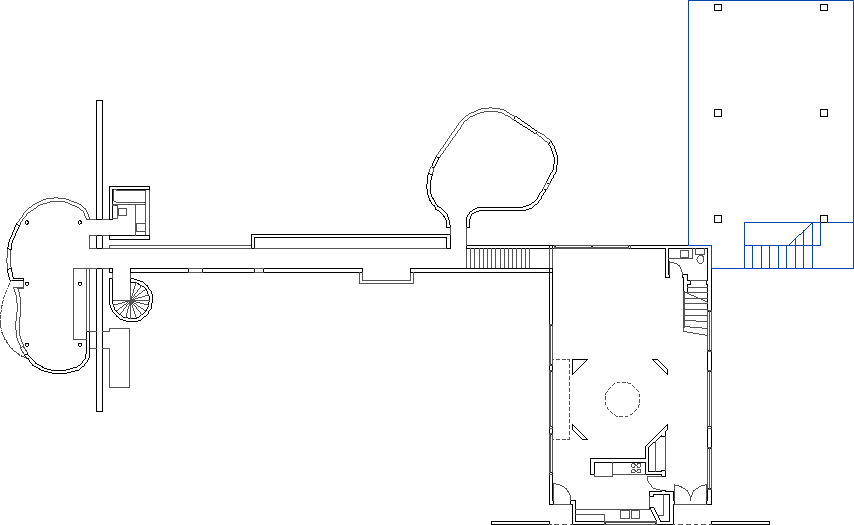
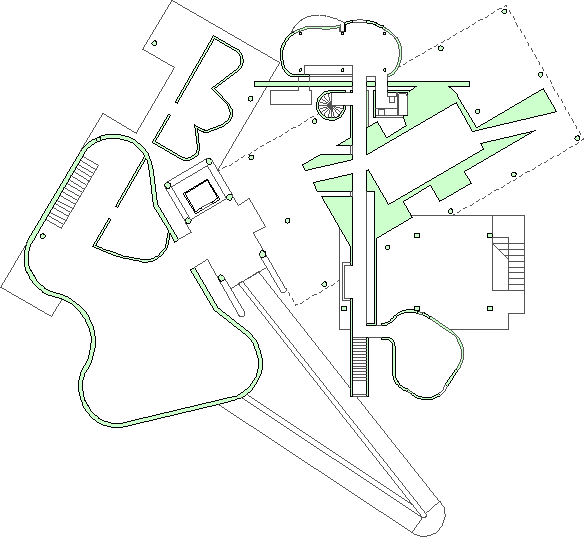
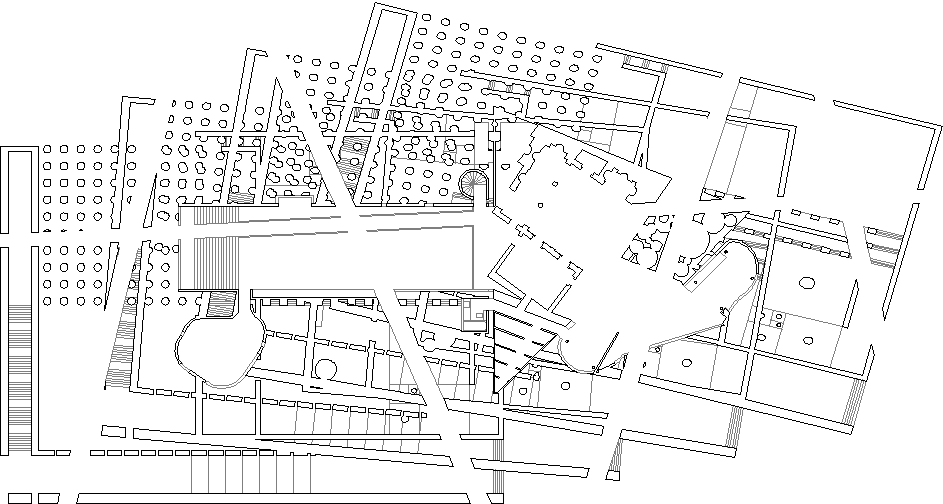
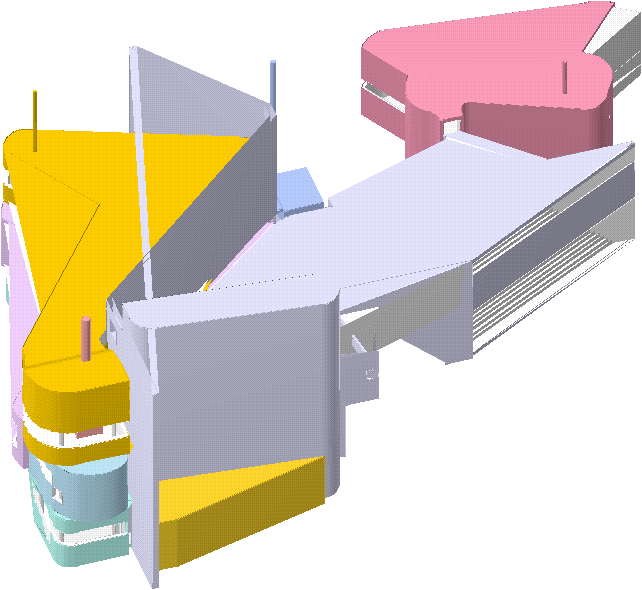
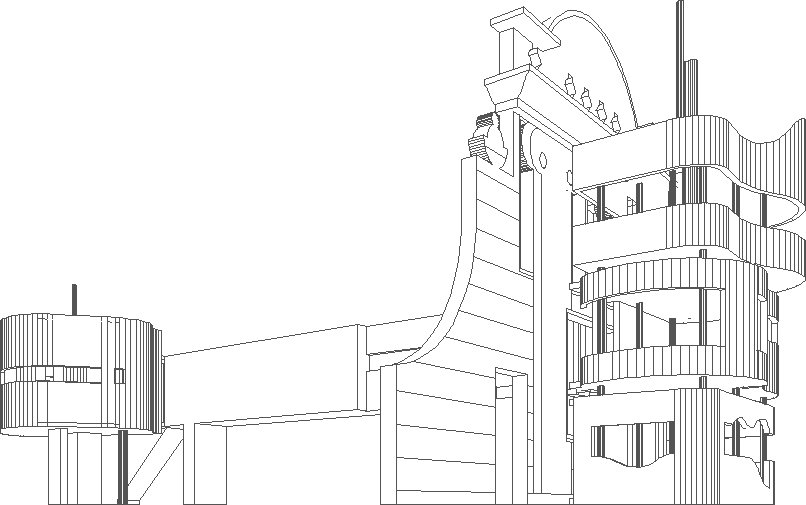
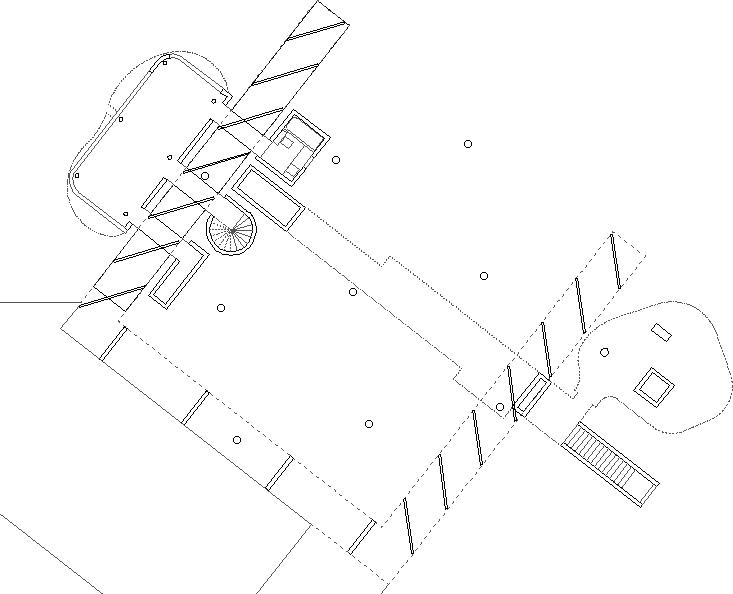
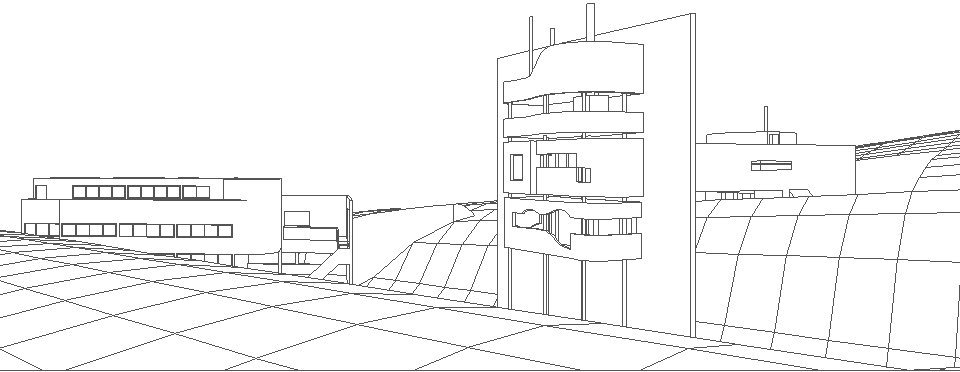
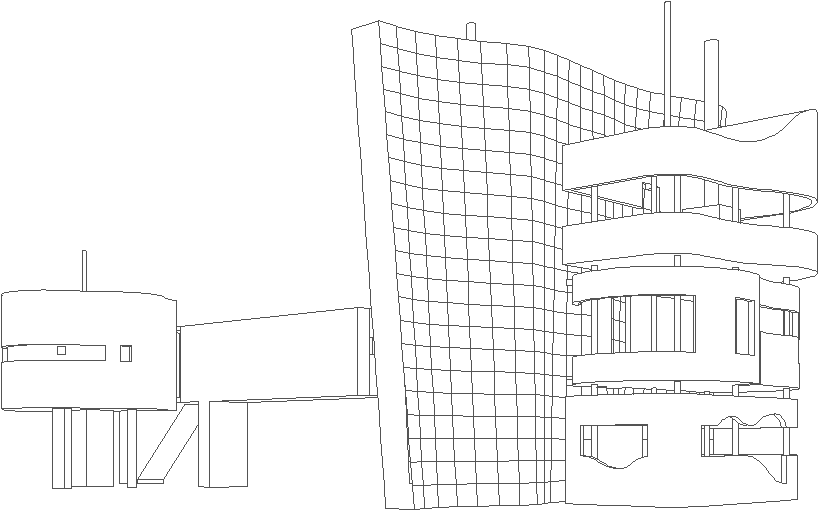
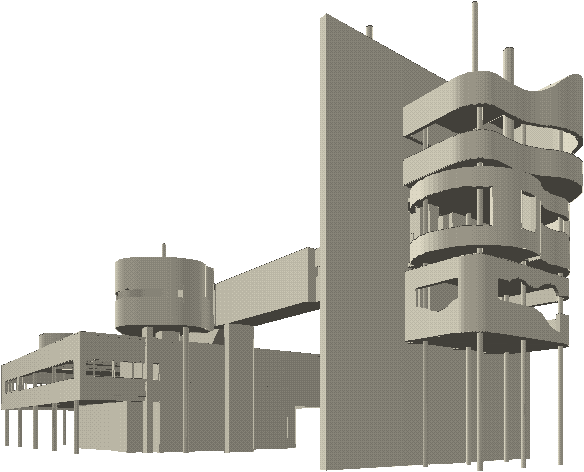
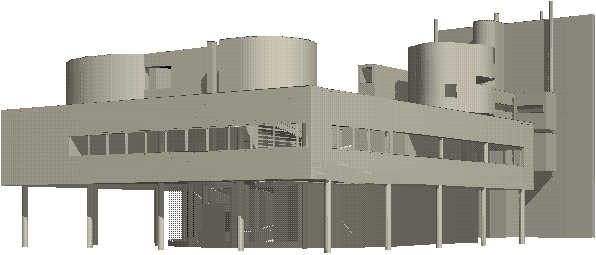
| |
2011.11.05 14:57
Quondam's Fifteenth Anniversary
Great Maytham in Kent of 1910 is Queen Anne, but not the Queen Anne of the 1870s. Here a great mansion of the early eifhteenth century was re-created with such a plausibility of craftsmanship that after only half a century it was hard to believe it was not two hundred and fifty years old. A somewhat smaller house, the Salutation in Sandwich of 1912, is similar and perhaps even more remarkable as an example of what is almost 'productive archaeology' on the part of a man who was not, in fact, at all archaeologically minded. Such houses are the twentieth-century equivalents of Devey's in the nineteenth century, but they often have a witty originality in the handling of traditional detail that has aptly been called 'naughty' and is peculiarly personal to Lutyens.
Hitchcock, 1958
Robert Venturi, the most famous architectural thinker of his generation, was standing in the living room of his most famous house last week, making small talk with longtime Chestnut Hill friends, when in walked the most famous architectural thinker of the current generation, Rem Koolhaas.
In architectural terms, it was akin to the moment when Clinton met Kennedy, when Nabokov met Tolstoy, when Balanchine met Diaghilev. It was the young revolutionary meeting the old.
Koolhaas, 58, who became his profession's latest "starchitect" this spring with the opening of the new Prada boutique in New York's SoHo, was in Philadelphia to deliver a lecture. But first, the Dutch-born architect wanted to see the 1964 Chestnut Hill house that put Venturi on the map - and challenged the modernist hegemony. Venturi, 77, offered to conduct the tour of the home, now owned by the Hughes family.
It wasn't a complete clash of the generations, but it wasn't complete understanding, either. Venturi wore tweed. Koolhaas wore what looked suspiciously like Prada.
Venturi's little Chestnut Hill house, which is now considered a landmark of 20th-century architecture, seemed barely big enough to contain the lanky, 6-foot-6 Koolhaas, who strode into the house like a general and inspected the split staircase and the square, postmodern windows. Koolhaas spoke mainly with his eyebrows.
While radical in their day, those architectural features have now become so widespread that Venturi had to take pains to make sure Koolhaas knew how groundbreaking they once were.
"There are a lot of naughty things here," Venturi explained to his younger colleague as they walked outside to look at the chair rail that girds the exterior - a decorative touch that gave the modernist architectural establishment fits. "That took a lot of courage to do," added Venturi, who also challenged conventional thinking with his books, Complexity and Contradiction in Architecture and Learning from Las Vegas.
Koolhaas, who was once compared to a motionless frog waiting to snap at a fly, assimilated Venturi's account with a barely perceptible purse of the lips.
"Did you feel it needed courage?" the Dutchman asked, after a moment.
Later, Koolhaas explained that he was a great admirer of Venturi and his partner, Denise Scott Brown. "Their interests were really revolutionary," he said. "It's baffling to me that they are treated with such skepticism."
Saffron, 2002.04.17
Yes, yes, yes to all the electronics, wall as sign, Dutch silences and possible revenge(s), but how is one to be really "naughty" these days?
Lauf, 2002.04.18
[John Young replies (2002.04.18):]
1. Publish the architectural security measures for federal buildings, or if you have them send to me and I will do it. Currently those measures are available only to design firms which agreed to non-disclosure, even though the public would benefit from knowing how to protect themselves and their buildings as effectively as their government.
2. Publish the confidential findings of architectural security and safety weaknesses of the World Trade Center Towers at these stages:
2.1 During design
2.2 During construction
2.3 After construction
2.4 Before the 1993 bombing.
2.5 The first year after the 1993 bombing
2.6 Just before the 2001 attack
2.7 After the 2001 attack
This information is under the control of the Port Authority of New York and New Jersey, consultants it hired for the various stages listed above, and its insurers, much of which is being withheld from current investigators and building safety officials evaluating WTC and other disasters though that information could be used to enhance security and safety of other high-rise and non-high-rise buildings now occupied by tens, perhaps hundreds, of thousands of people.
3. Publish, or send to me, confidential and classified reports on bombings and collapses of governmental and non-governmental buildings which are being withheld from the public because it is claimed the public cannot handle the information responsibly. Some portions of these reports have been published and some include recommendations that the public receive more information about threats to them and their buildings increase public awareness of threats well known to professionals. Some investigators argue that withholding of information from the public has led to a belief that threats are minimal, episodic and unpredictable when that is not true.
4. Insist that schools of design and design publications place building protection alongside aesthetic design in importance, to advocate that name and nobody designers become informed about the matter and blend it into premier design requirements, and not merely rely upon security specialists as if another contemptible nuisance like ADA, preservation, affirmative action and public participation. Recall the example of Viollet le Duc whose reputation was built first on urgently needed fortresses, then follow-up urban defenses, then historic versions of these, never forgetting that peaceful aesthetic pleasures could be wiped out before you came awake from aesthetic narcotic: "oh nothing like that will ever happen here, we're too civilized, yes, perhaps over there but not here."
|